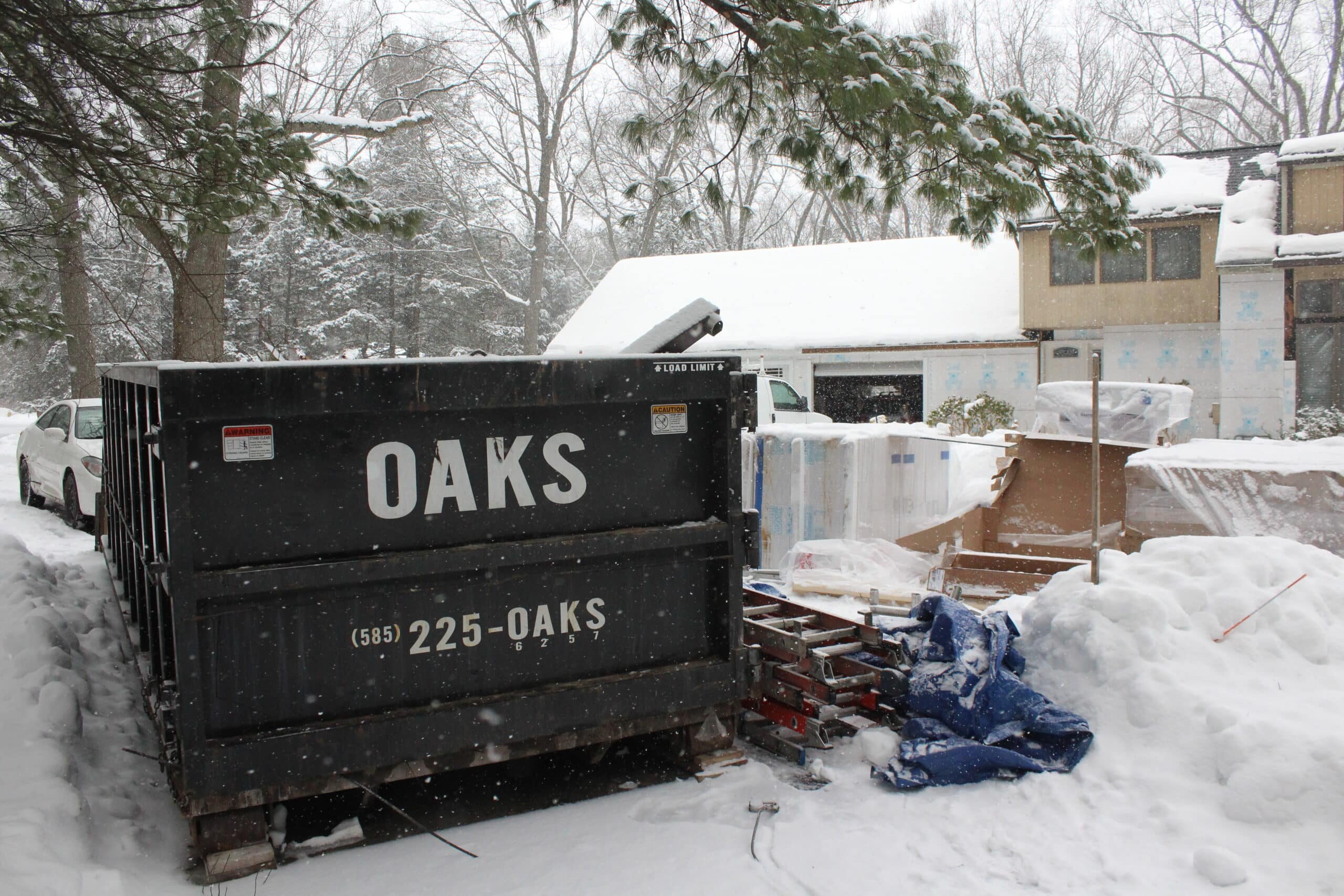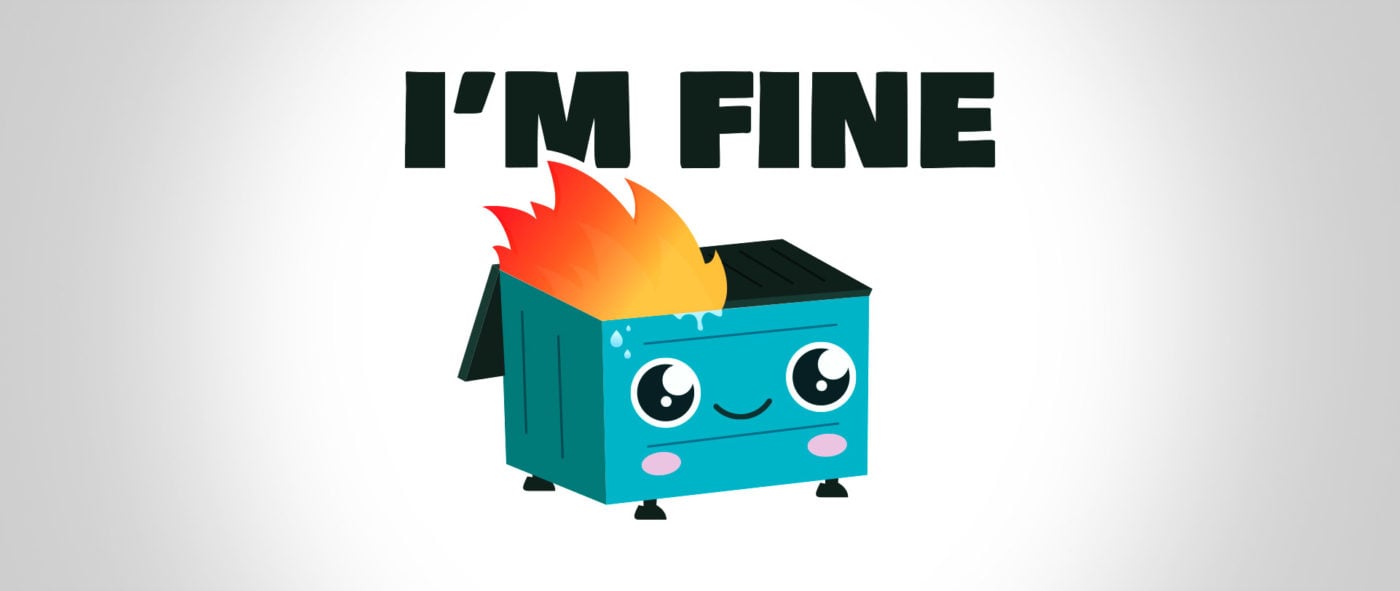The decisions we make in our everyday lives can have a major impact on our planet. Between the disposable cups from your favorite morning coffee stop, paper towels used to dry your hands in the restroom, individually packaged snacks, single-use cutlery, and all of the other little waste products we generate throughout the day, the average American produces roughly 4.4 pounds of trash in a single day. That adds up to over 1,600 pounds of trash in a single year. Reducing our impact on the environment doesn’t have to be an impossible task. The zero-waste lifestyle, while very admirable, isn’t achievable for everyone; a lower waste lifestyle, however, can be easier than you may think! By making any of these small changes to your regular routine, you can reduce the amount of waste you produce and contribute to a healthier environment for your community and the world.
1. Use a Reusable Cup or Bottle While You’re On the Go
Eliminating single-use cups and bottles from your daily life is one of the easiest ways to reduce plastic waste. Most people already own a reusable bottle; it’s just a matter of actually using it. Did you know that many coffee shops offer discounts to incentivize customers to bring their own reusable cups? You can save money and save the planet while still getting your daily caffeine fix!
2. Use Reusable Grocery Totes — And Not Just for Groceries
Following New York State’s ban on plastic shopping bags, many people have already purchased reusable totes for their grocery trips. But these bags don’t have to be limited just to groceries! Next time you go to the mall or another retail store, opt to bring your totes instead of using the store’s disposable paper bags. If you happen to forget, buying a bag from your favorite brand is a great way to support them.
3. Opt Into Paperless Billing
Most companies offer bills by email; some even offer incentives to switch to paperless. Spend the time to switch all of your billing to electronic. Make sure to add the email addresses of the companies to your contact list so that the bills don’t get sent to your spam folder! Using organizational tools built into your email platform, such as marking unpaid invoices as “important” and unmarking them once paid, can help to streamline the process and keep things running smoothly.
4. Invest in Reusable Household Supplies
If you stop and think about all of the disposable items in your home right now, you might be surprised how long the list is. Paper towels, plastic wrap, paper napkins, sandwich bags, parchment paper, dryer sheets, and so many other products can be replaced with reusable alternatives. Cloth napkins and towels, wool dryer balls, and silicone baking sheets make great replacements for their single-use alternatives.
5. Avoid Excess Food Waste
Did you know that food makes up the largest component of waste sent from homes to landfills? Reducing and diverting your food scraps can help to cut back on your overall waste significantly. Keep track of leftovers and remember to use items before they expire—and don’t be afraid to use the freezer to preserve produce and other perishable foodstuffs. When food does expire, you can add it to a compost pile instead of throwing it away.
Oaks Dumpster Rental: Quality You Can Trust
At Oaks Dumpster Rental, we offer various dumpster sizes to meet your needs. Our dedicated representatives are always here to answer questions so your rental process goes smoothly. Call or contact us today, and we’ll be happy to help.



